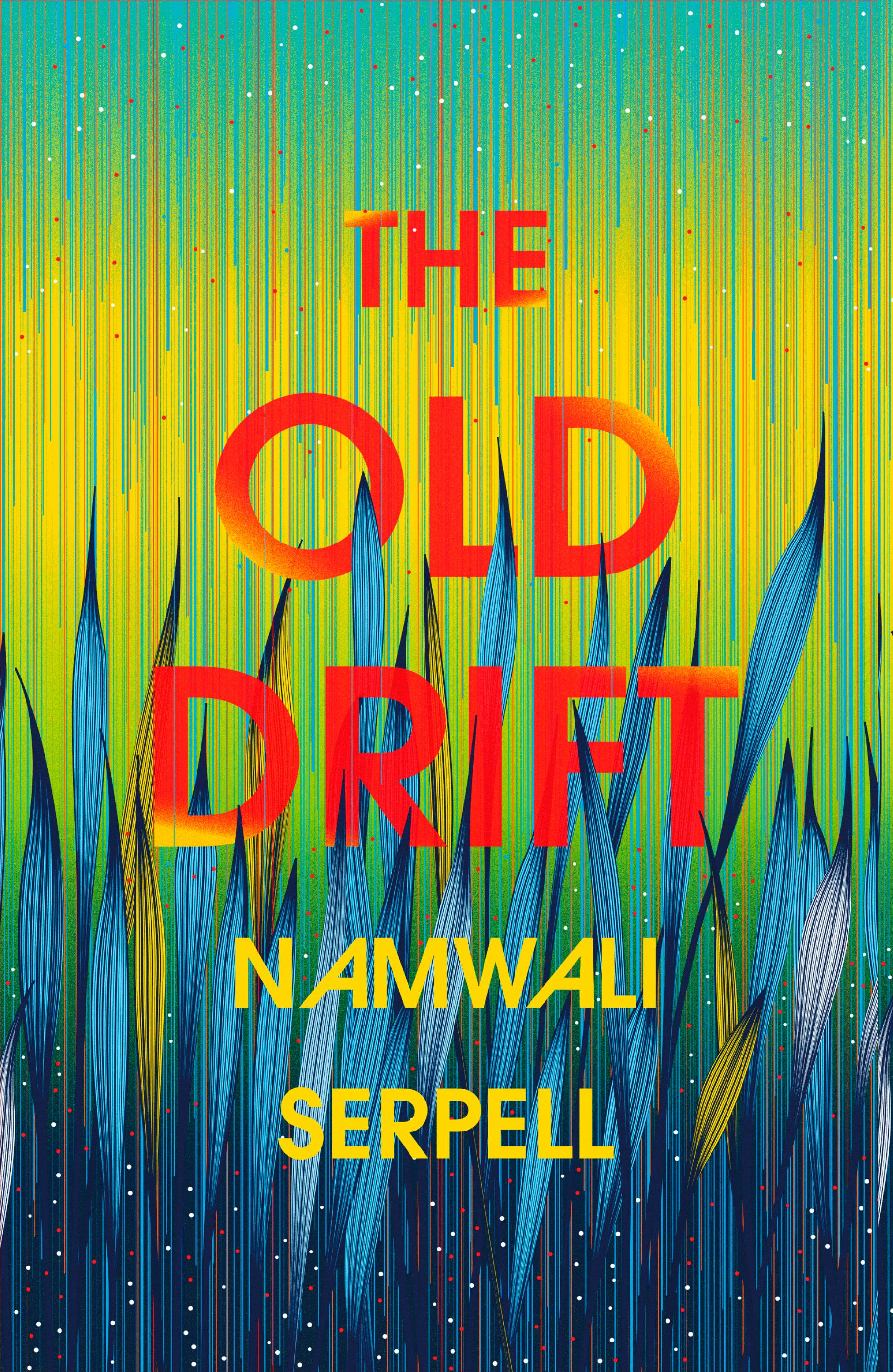
Format: 527 pp., cloth; Size: 6.4 x 9.5″; Price: $28; Jacket Illustration: Kai and Sunny; Publisher: Hogarth; Number of mosquitoes in the book: many; Mosquitoes’ point of view: omnipotent; Another book by the author: Seven Modes of Uncertainty; Representative Passage: “Thandi had dreamt of becoming a Zambia Airways stewardess ever since she first saw that Flying Chair ad on TV as a girl: the orange Z in the logo that reclined into an airline seat that zipped a contented white man around the world, while a graceful black woman materialised like an apparition and served him a glass of whisky and a plate of fine cuisine. An infectious, optimistic jingle played at the end: Zambia Airways … We’re getting better in every way … We’re getting better every day. What elegance, young Thandi had thought, what adventure!”
Central Question: How can a novel trace the history of a political fabrication?
It is easy to think of national borders—their stately walls, vigilant patrols, and officious control of movement—as immutable. But it wasn’t that long ago that a (white) (probably not that bright) man bent over a map of Europe’s colonized territories and, more in the vein of an interior designer than a head of state, traced the lines that divvied up the spoils of colonialism. Scholar and novelist Namwali Serpell finds dark humor in this history. Her debut novel, The Old Drift, begins with a joke. “This is the story of a nation—not a kingdom or a people—so it begins, of course, with a white man,” Serpell writes. Her insight and cutting wit reveal these national borders as political fabrications imposed on people and their traditions. By chronicling the fortunes of three families over the course of a century, Serpell tracks the repercussions of the arbitrary partition that created Zambia. Her novel reflects on the unimaginable power that white men wielded—an authority so complete that, with the stroke of the quill, they could fracture long-standing cultures and forever alter the trajectory of African history.
Most novels written about migrants focus on people who leave their homes in search of a safe place to live. The Old Drift fixates on a different kind of migrant: the sort that barges into a country to plunder it for opportunity, and ends up staying to intermarry with the locals. The Old Drift spans one hundred years, and tells the story of Zambia from colonization to present day and beyond, to an imagined future. In the course of a wondrous and formally itinerant 527 pages, The...
You have reached your article limit
Sign up for a digital subscription and continue reading all new issues, plus our entire archives, for just $1.50/month.
Already a subscriber? Sign in




